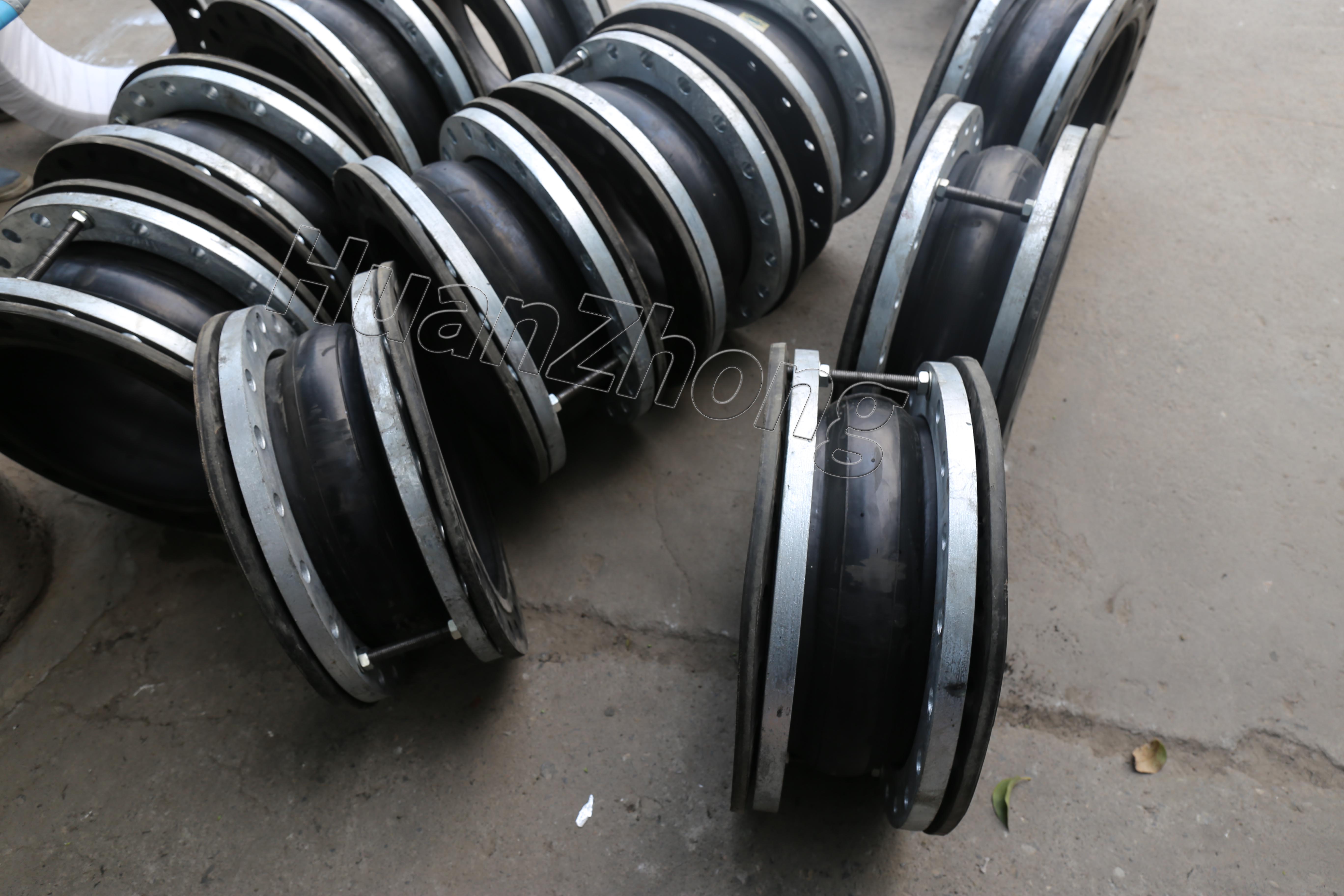Flexible Rubber Joints: A Quality Choice for Realizing Desulfurization Pipelines.
Flexible Rubber Joints: A Quality Choice for Realizing Desulfurization Pipelines. Flexible rubber joints are an excellent choice for realizing desulfurization pipelines. These joints play a critical role in ensuring the smooth and efficient flow of materials within the pipeline system, particularly in desulfurization processes.
Desulfurization is a crucial step in many industries, including power plants, oil refineries, and chemical plants. It involves the removal of sulfur compounds from various materials, such as natural gas, crude oil, or flue gases generated during combustion. The desulfurization process is highly demanding, requiring a reliable and robust pipeline system.
One of the key challenges in desulfurization pipelines is accommodating the thermal expansion and contraction that occurs during the process. Equipment and materials in the system, including pipes, need to be able to withstand the extreme temperatures and pressure fluctuations. This is where flexible rubber joints prove their worth.
Flexible rubber joints are designed to handle these thermal stresses with ease. They are made from high-quality rubber materials that possess excellent thermal resistance properties. As a result, they can absorb and dampen the thermal expansion and contraction, effectively reducing the strain on the pipeline system.
Furthermore, flexible rubber joints offer exceptional flexibility, allowing for easy installation and maintenance. They can accommodate angular, axial, and lateral movements, ensuring a secure and leak-free connection. Their flexibility also minimizes the risk of fatigue failure, increasing the longevity of the pipeline system.
Another advantage of using flexible rubber joints is their ability to dampen vibrations and noise. During desulfurization processes, there can be significant vibrations and noise generated due to the flow of materials and the operation of equipment. Flexible rubber joints act as effective shock absorbers, reducing vibration transfer and minimizing noise levels.
